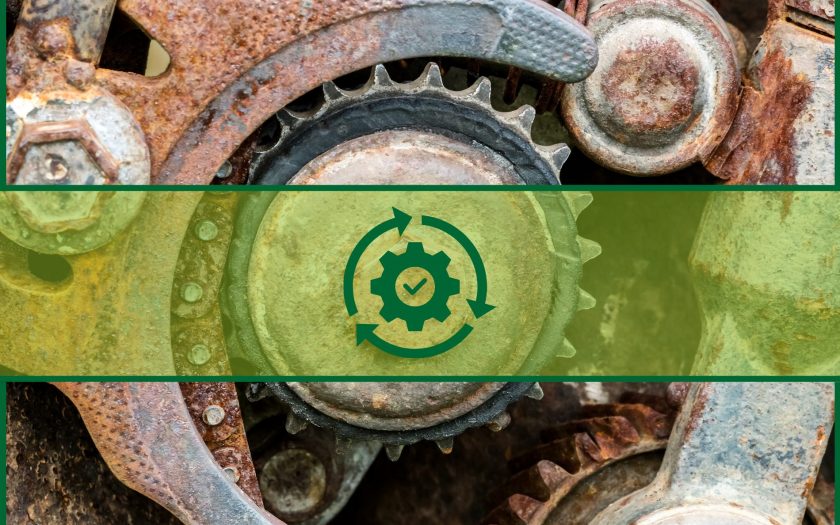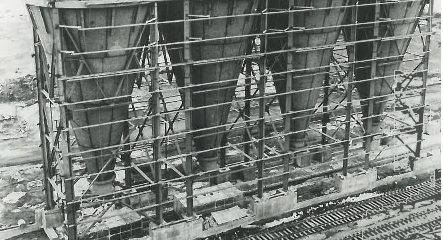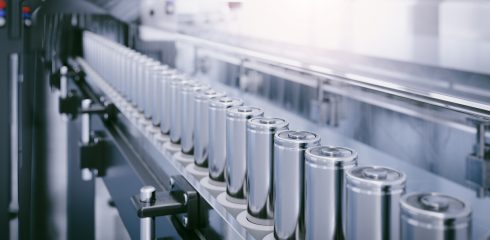
Every piece of industrial equipment faces a common challenge from the start of its service life: wear. Caused by friction, impact or environmental exposure, wear gradually erodes surfaces and weakens structural integrity. Left unchecked, it compromises performance, triggers failures, and shortens equipment lifespan. Wear testing provides a proactive solution. Through carefully controlled trials, wear testing reveals how quickly degradation will occur, providing the insight needed to strengthen equipment before problems emerge. This understanding empowers engineers to design systems that endure, uphold performance standards, and meet the demands of long-term industrial use.
Understanding the Purpose of Wear Testing
At its core, wear testing is about foresight. It enables manufacturers to look beyond the pilot-scale stage and ask how a component will perform after years of service, not just hours. Instead of reacting to breakdowns, teams can design for durability from the outset. Wear testing procedures assess how a material or surface performs when subjected to repeated stress, often under accelerated conditions that simulate years of use within a condensed time frame.
There are many forms of wear, including abrasive, adhesive, impact, erosive, corrosive, and fatigue. To isolate these variables, wear testing employs methods such as pin-on-disk, ball-on-flat, rotary abrasion, impact abrasion, and slurry erosion tests, each designed to replicate specific wear interactions between surfaces or materials.
How Wear Testing Supports Long-Term Equipment Durability
Anticipating Material Failure
All materials degrade over time. The challenge is predicting when and how that degradation will occur. Wear testing provides early visibility into failure modes, like surface erosion, roughing, or polishing, before they present in service. Gaining this foresight enables engineers to implement design changes or introduce preventative maintenance schedules that address potential weaknesses before they evolve into critical problems.
Validating Design Life Claims
Empirical evidence is essential when substantiating projections about a component’s longevity. Whether estimating years of reliable operation or high-frequency use, engineers rely on wear testing to validate these claims under defined conditions. This ensures that published lifecycle expectations are not only credible but defensible in performance-critical environments.
Informing Material Selection
Determining which material performs best under stress begins with a side-by-side evaluation of candidates. By using controlled test environments, wear testing reveals how various base materials, coatings, and surface treatments respond to specific loads and environments. These results guide engineers toward combinations that deliver long-term reliability without overengineering or unnecessary cost.
Supporting Structural Optimization
Design geometry has a significant influence on how wear develops across bulk material handling equipment. Data derived from wear testing helps identify high-friction zones, stress concentrations, and vulnerable impact points. Engineers use the findings to adjust flow paths, refine radii, or redistribute loads. As a result, components become more resilient and maintain higher efficiency throughout their service life.
Enhancing Operational Predictability
Consistent, repeatable wear test data provides the foundation for forecasting degradation across a system’s lifespan. Armed with this information, teams can plan maintenance windows, manage inventory effectively, and reduce the risk of unexpected failures. Aligning service interventions with wear progression strengthens equipment reliability and stabilizes long-term operating costs.
Real-World Impact of Wear Testing
The value of wear testing becomes apparent when equipment moves from the design phase into demanding, real-world operation. Wear testing reveals how and where materials begin to degrade, not in theory but under actual stresses that simulate service conditions. In mechanical systems, it indicates when tolerance loss starts to affect performance. Under abrasive conditions, it shows which protective liners hold up and which ones fall short. These findings guide the engineering decisions that ultimately determine how well equipment withstands the conditions it was built for.
Advantages That Extend Beyond Design
Wear testing influences more than just the design of a component. It shapes how that component performs across its entire service life. The results offer critical data for proving compliance with safety and performance standards. Maintenance schedules can be developed using real wear rates, helping to avoid unexpected breakdowns and optimize part replacement intervals. This leads to greater operational efficiency, fewer disruptions, and more predictable costs. It also supports broader goals by extending the working life of equipment, reducing waste, and promoting the more sustainable use of resources.
Precision Testing for Practical Results
Generalized lab tests only go so far. To truly predict performance, wear testing must account for the specifics of each application. That includes not only the material being tested but the environment, flow patterns, solid pressures, particle velocities and surface interactions involved. Custom protocols, developed to replicate these real-world conditions, are the key to meaningful results.
Engineering Longevity with Jenike & Johanson
Long-term durability begins with a clear grasp of how materials behave under stress and wear. Wear testing transforms that knowledge into practical engineering decisions that extend service life, reduce maintenance, and support consistent performance.
At Jenike & Johanson, we apply wear testing to actual material samples under realistic abrasion scenarios to produce data-driven design guidance. Our process helps build equipment that performs reliably in harsh environments and remains efficient over time. Such a method ensures durability is not left to chance, but built into every decision from the start.





